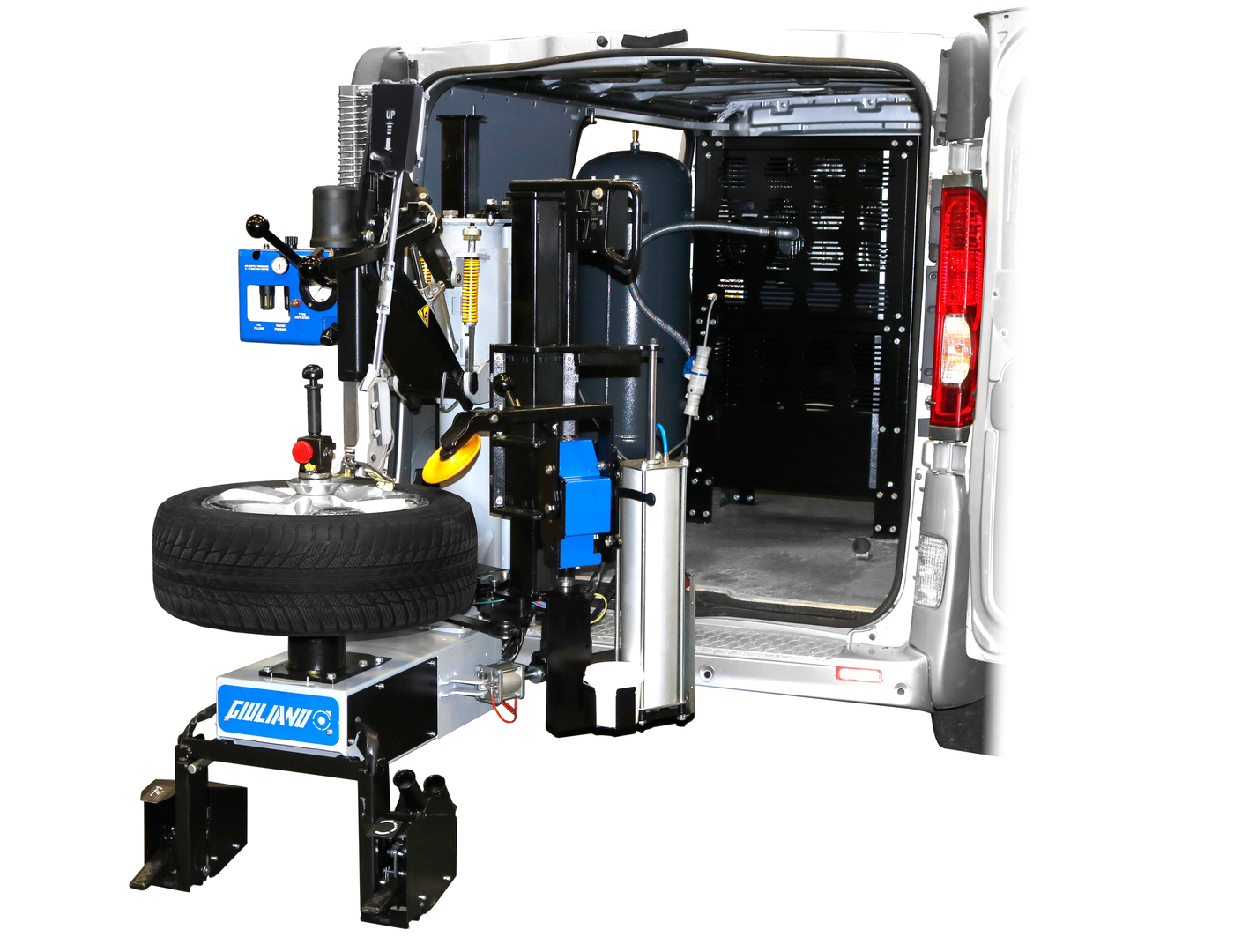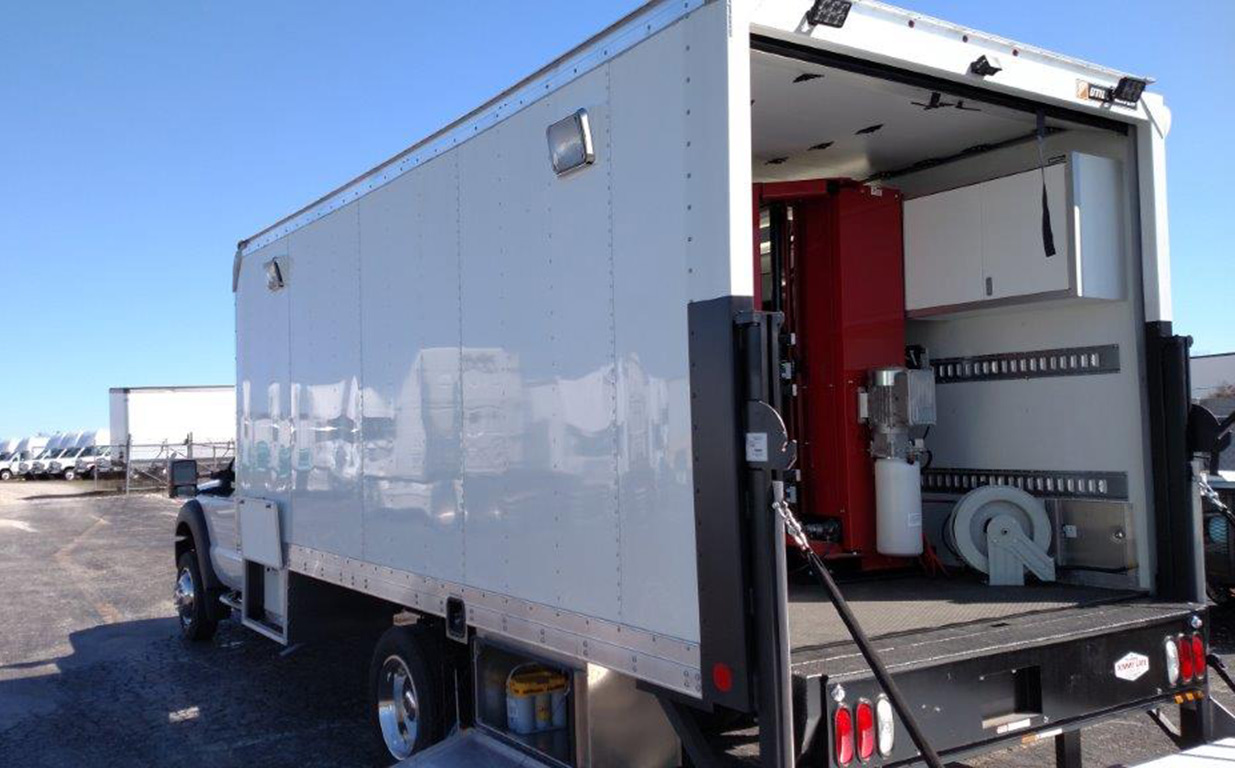Emergency Situation Mobile Tire Service Available in Las Vegas
Emergency Situation Mobile Tire Service Available in Las Vegas
Blog Article
Tire Solution: Proven Approaches for Ideal Tire Upkeep and Treatment
Maintaining ideal tire condition is critical for both safety and efficiency of any kind of lorry. From making certain correct tire stress to routine turning and placement, there are proven approaches that can dramatically expand the lifespan of your tires and boost overall driving experience. As we check out the ins and outs of tire care and maintenance, we will uncover necessary guidelines that every car proprietor should stick to for the best feasible results. Let's explore the globe of tire service and uncover the keys to keeping your tires in top-notch shape for the long run.
Importance of Tire Stress
Adequate tire stress promotes far better fuel performance, as under-inflated tires can lead to enhanced rolling resistance, creating the engine to work harder and eat more gas. Correct tire stress guarantees also walk wear, enhancing tire long life and saving cash in the lengthy run by delaying the demand for premature replacements. Regularly examining and changing tire pressure, particularly in the past lengthy trips, is a straightforward yet efficient means to enhance automobile efficiency, extend tire life expectancy, and prioritize safety and security on the road.
Tire Turning Standards
When considering tire turning guidelines, it is essential to comprehend the significance of this upkeep task in taking full advantage of tire lifespan and keeping optimal lorry performance. Tire turning includes changing the setting of each tire on a car to ensure also walk wear. Front tires tend to put on much more promptly than rear tires due to guiding forces, making normal rotation essential for balanced wear patterns.

Benefits of Wheel Placement
Guaranteeing correct wheel positioning after tire rotation is essential for preserving well balanced wear patterns and making the most of automobile efficiency. Wheel placement refers to the adjustment of the angles of the wheels to the producer's requirements. Among the key benefits of wheel positioning is enhanced steering and dealing with action. When the wheels are properly aligned, it minimizes guiding effort, guaranteeing a smoother and more controlled driving experience. Furthermore, right wheel placement assists to extend the life-span of your tires. Misaligned wheels can trigger irregular tire wear, causing premature tire substitute and enhanced upkeep prices.

Tire Tread Depth Inspect
Performing a regular assessment of tire step depth is important for preserving secure driving problems and prolonging the life expectancy of your tires. The walk on your tires plays an essential function in giving grip, especially in unsafe or damp conditions. To inspect your tire walk deepness, you can use a walk deepness gauge or the cent examination. The recommended walk deepness goes to the very least 2/32 of an inch. It is time to change your tires to make certain ideal efficiency and safety on the roadway if the step depth is below this limit. Irregular tread wear can show concerns with tire suspension, stress, or positioning, highlighting the value of normal step deepness checks. Ignoring to keep an eye on and preserve proper tread deepness can bring about click here now lowered grasp, longer stopping distances, and an enhanced danger of hydroplaning. By incorporating tire step deepness explore your regular upkeep routine, you can drive with confidence understanding that your tires are in top problem.
Seasonal Tire Evaluation
Seasonal tire assessment is a basic element of tire upkeep that ensures tires are prepared to encounter the challenges presented by various climate problems. In prep work for winter season, it is vital to inspect the tire pressure regularly as cool temperature levels can trigger tire pressure to drop. By performing regular seasonal tire evaluations, chauffeurs can prolong tire life-span, improve gas effectiveness, and most importantly, make certain a safe driving experience in varying weather problems.
Verdict
Finally, preserving proper tire stress, turning tires on a regular basis, aligning wheels correctly, monitoring step deepness, and performing seasonal assessments are vital practices for optimum tire care. By following these confirmed approaches, vehicle drivers can guarantee their tires last much longer, carry out far better, and add to overall vehicle security. It is necessary to focus on tire upkeep to avoid crashes, enhance fuel efficiency, and lengthen the life expectancy of tires.
Adequate tire stress promotes much better gas effectiveness, as under-inflated tires can lead to increased rolling resistance, triggering the engine to function more difficult and take in more fuel.When thinking about tire turning standards, it is important to comprehend the relevance of this maintenance task in making the most of tire life expectancy and keeping optimum vehicle performance. Seasonal tire assessment is a basic aspect of tire maintenance that makes sure tires are prepared to encounter the obstacles posed by different weather condition problems. By performing regular seasonal tire inspections, chauffeurs can extend tire life-span, enhance gas performance, and most notably, ensure a safe important source driving experience in differing climate problems.
In conclusion, maintaining appropriate tire stress, revolving tires consistently, straightening wheels correctly, keeping an eye on tread depth, and carrying out seasonal assessments are essential methods for ideal tire treatment.
Report this page